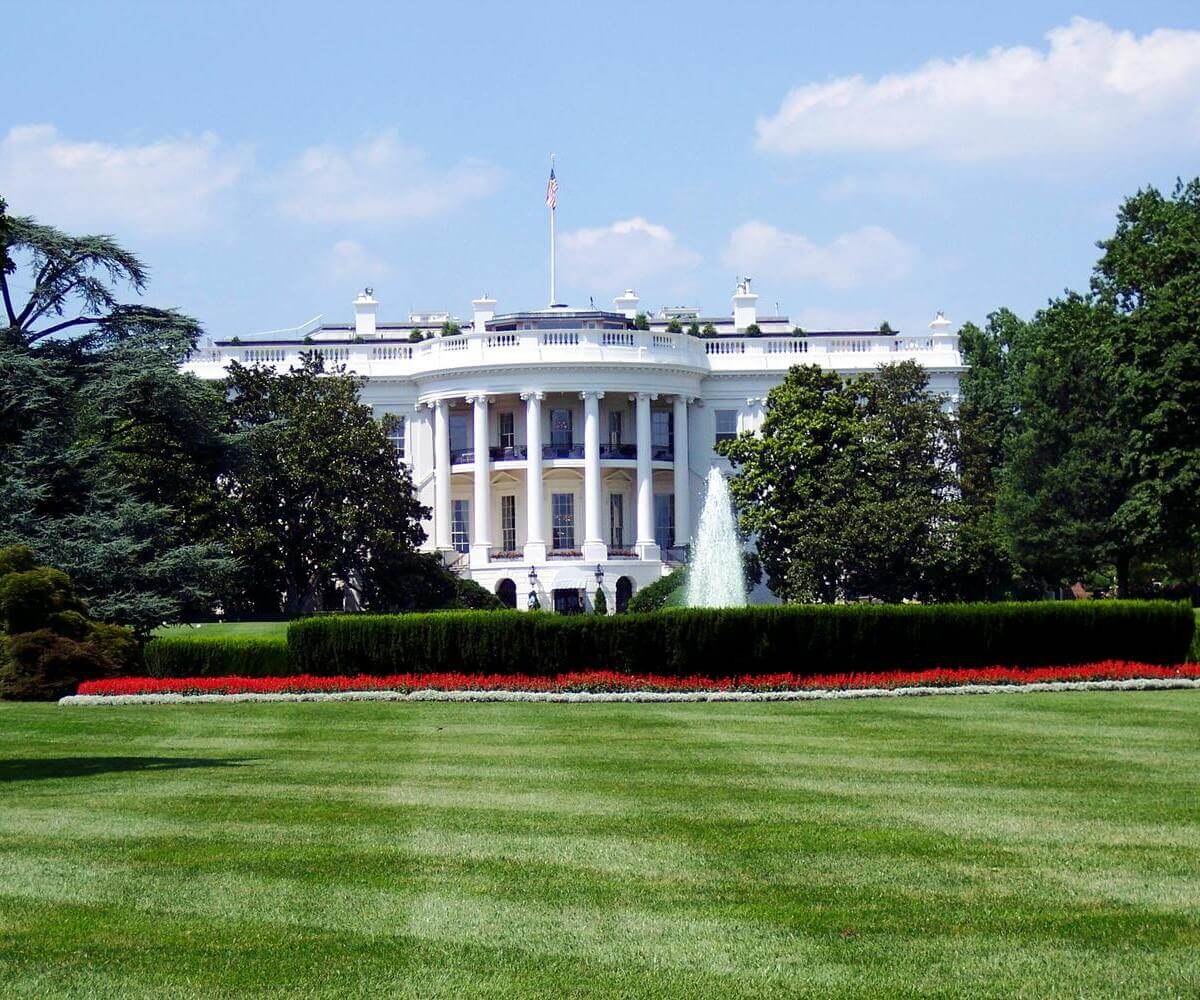
Impact of the Workforce Optimization Initiative on Federal Grant Programs for Deep Tech and Life Science Startups
How deep tech and life science startups should interpret the impact of the latest Office of Management & Budget’s MOU Titled: Guidance on Agency RIF and Reorganization Plans Requested by Implementing The President’s “Department of Government Efficiency” Workforce Optimization Initiative
The recent federal reorganization efforts have caused widespread confusion regarding the future of federal grant programs, including startup business grants. However, this presents a unique opportunity for companies that act decisively. Due to misinformation and uncertainty, many businesses will hesitate to apply for grants for startup ventures in upcoming deadlines, leaving a significantly less competitive field for those who move forward with their applications. This is particularly relevant for SBIR/STTR applicants, as these programs remain fully funded and protected by law. Additionally, the Department of Defense (DoD) (specifically “Military Personnel”)—a major funder of deeptech and life science initiatives—is explicitly excluded from the workforce reductions outlined in the memorandum.
Summary of the Memorandum
On February 26, 2025, the U.S. Office of Management and Budget (OMB) and the U.S. Office of Personnel Management (OPM) issued a memorandum guiding federal agencies on implementing President Trump’s “Department of Government Efficiency” Workforce Optimization Initiative. This directive aims to significantly reduce the size of the federal workforce by requiring agencies to prepare and execute large-scale reductions in force (RIFs) and reorganization plans (ARRPs).
The key principles outlined in the memorandum include:
- Eliminating non-essential positions to increase productivity.
- Reducing the budget topline by cutting costs associated with personnel, facilities, and external contractors.
- Consolidating and streamlining agency functions to improve efficiency.
- Focusing on statutory mandates by eliminating programs and positions not explicitly required by law.
Agencies must submit their initial Phase 1 ARRP plans by March 13, 2025, detailing their intended staff reductions and eliminations of non-mandated functions. Phase 2, due April 14, 2025, will include long-term restructuring plans. The ultimate goal is to optimize operations while aligning agency functions with the President’s priorities.
Impact on SBIR/STTR and Federal Grant Programs
Contrary to concerns, the SBIR/STTR program is unlikely to be significantly affected by these changes. The Small Business Innovation Research (SBIR) and Small Business Technology Transfer (STTR) programs are federally mandated, requiring a fixed percentage of federal agencies’ extramural R&D budgets to be allocated to these grants. Specifically, SBIR funding accounts for 3.2% of the extramural research budget for agencies with more than $100M in R&D funding. Because these allocations are protected by law and set by Congress, the funding for these programs is secure.
Additionally, the Department of Defense (DoD), which is largely excluded from the workforce reductions, is one of the largest sources of SBIR/STTR funding. This ensures that a significant portion of deeptech and life science grant funding will remain unaffected. The memorandum explicitly states that “positions necessary to meet law enforcement, border security, national security, immigration enforcement, or public safety responsibilities” and ”Military personnel in the armed forces and all Federal uniformed personnel, including the U.S. Coast Guard, the Commissioned Corps of the U.S. Public Health Service, and the Commissioned Officer Corps of the National Oceanic and Atmospheric Administration” are exempt from workforce reductions, reinforcing the stability of DoD-administered grants.
Other Potential Effects Include:
Minimal Impact on Grant-Administering Agencies
While some federal agencies administering grants, such as NIH, NSF grants, and DOE, may experience workforce reductions, the core SBIR/STTR funding remains legally mandated. Although processing times for grants may slow slightly due to administrative cuts, the funds themselves will not be reduced.
Little to No Effect on Statutory Grant Programs
The memorandum’s primary target is discretionary programs that are not legally required. SBIR/STTR grants, being statutory in nature, will not face budget reductions.
Continued Availability of Funding for Deeptech and Life Sciences
Given that DoD remains unaffected by RIFs and is a major player in the SBIR/STTR ecosystem, funding for critical innovation areas will remain intact. Additionally, life sciences, defense technology, and dual-use innovations will continue to receive strong federal support. Entrepreneurs should also explore alternative sources such as NSF grants to diversify their funding opportunities.
Conclusion
While the memorandum outlines significant workforce reductions across federal agencies, the impact on SBIR/STTR and other legally mandated grant programs will likely be minimal. These programs receive a protected share of federal R&D budgets, ensuring their continued availability. Furthermore, with the DoD explicitly excluded from these changes, deeptech and life science funding remain secure.
The uncertainty surrounding these federal actions creates a substantial competitive advantage for companies that apply now. Many businesses will hesitate due to confusion, significantly reducing competition for upcoming grant deadlines. Entrepreneurs in deeptech, biotech, and medtech should act swiftly to capitalize on this opportunity before the landscape normalizes. Book a consultation with our team to understand what funding sources, including SBIR funding, your startup will have the highest likelihood of success with.